792 Views
Fire Ants

by
A-1 Watkins Pest & Termite Control
(IC: professional)
Native from South America, now found in the Southern United States, Fire Ants are on the move, but limited by dry climates & freezing weather. They range in size from 1/16 to 1/5 inches in length with a dark reddish brown color. Fire Ants will build their nest in mounds of outdoor soil, landscape areas, open pastures, vegetable gardens or near a building's foundation (occasionally entering through holes or cracks in walls & foundation) and in some instances, they do not build mounds but nest in rotten logs, walls of buildings or under sidewalks. Their mounds are typically dome-shaped (resembling gopher mounds) and can be more than 15 inches high, 15 inches wide and five feet deep (which can cause damage to plant roots and lead to loss of crops). They also have been known to invade air conditioners and traffic lights because of their attraction to electrical current. Fire Ants are omnivores, feeding on vegetation: plants, tree sap, fruit, grass, other insects and small animals that nest on the ground. Fire Ants are more agressive than other ant species and are named for their fiery, burning sting. If disturbed (especially around their mound), they will attack and repeatedly sting the intruder (animals & humans), latching on with their barbed jaws, resulting in painful, raised red welts that become blisters, usually leaving battle scars. If biten, over the counter topical cream, antihistamines and aloe vera will all alleviate symptoms, however, persons allergic to insect bites will react more severely and should seek medical attention. If you suspect a Fire Ant mound nest, avoid it and contact a professional Pest Control Company. In addition, some prevention steps include: Keeping tree branches and other plants cut back from your home, seal cracks & openings around your home and do not store firewood or building materials next to your home. - Interesting Fact: Fire Ants hate water. That's why after a heavy rain, mounds seem to appear overnight. These mounds are raised to keep the eggs and larvae out of the water zone.
Enjoyed the project?
Published November 27th, 2012 5:37 PM



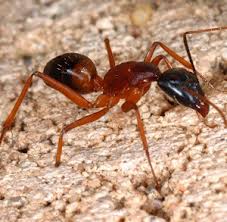



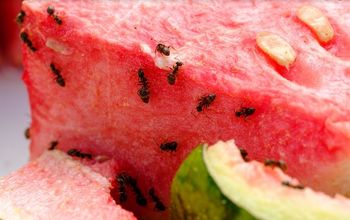


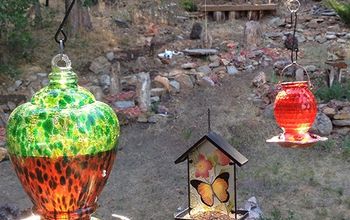




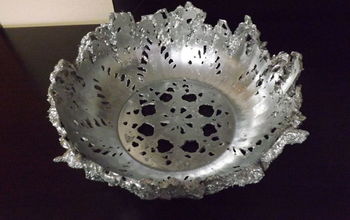


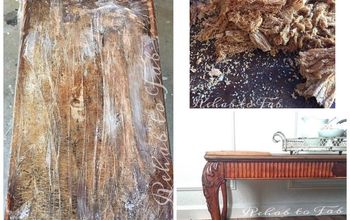





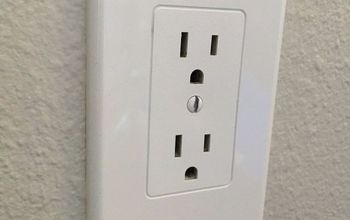
Frequently asked questions
Have a question about this project?
How to kill fire ants